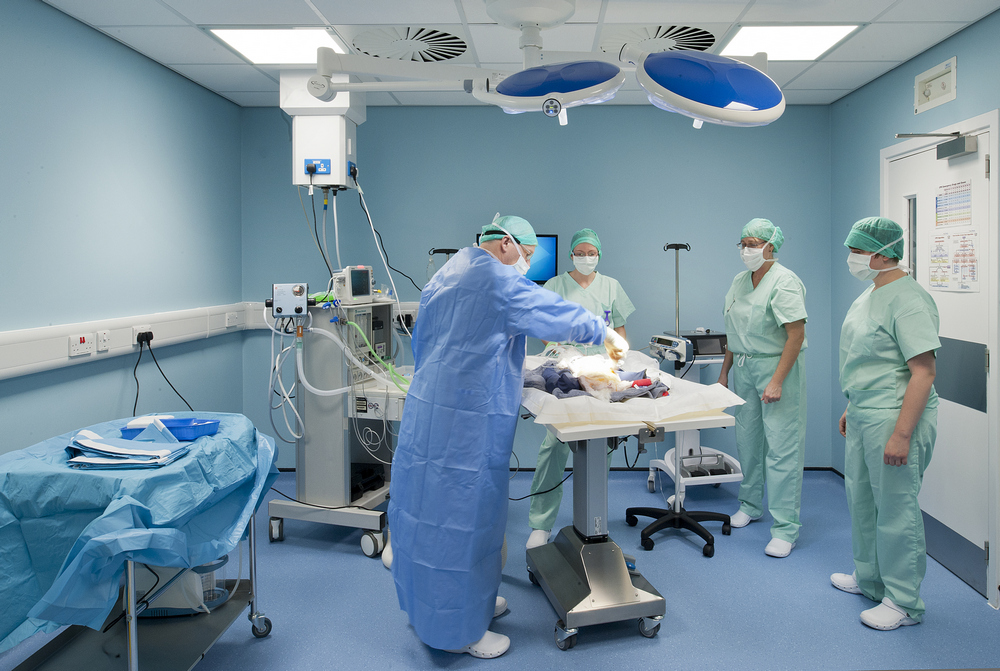Clinical Vignette: Severe Anaemia
Wilson, a five year old cross-breed, was referred to Vets Now Referrals by Struthers & Scott (Doune) with severe anaemia. Wilson had been unwell for 2-3 days with progressive lethargy.
When he came in, Wilson was weak but managed to walk into the hospital. He was tachycardic but was otherwise cardiovascularly stable. He had white mucous membranes and a grade II/VI left systolic heart murmur. Wilson’s PCV on presentation was 10% but with a normal total solids measured by refractometer. This is consistent with destruction and/or inadequate production of red blood cells. Wilson’s clinical signs and physical examination findings were all consistent with the severe anaemia, and because of the severity a blood transfusion was indicated. Options for blood transfusion include whole blood from a donor animal on-site, or stored packed red blood cells.
Vets Now Referrals have a close relationship with Pet Blood Bank (the specialists at the hospital provide regular advice to the charity and its clients), always keep blood products in stock, and as such had a ready supply of packed red blood cells for Wilson. In addition, since Wilson only needed the red blood cells and not plasma, a unit of packed red blood cells was the most appropriate product to administer.
Administration of a blood product was made more challenging by a previous whole blood transfusion, received by Wilson two years previously following a stick injury. Because dogs develop antibodies to the donor’s red blood cells after a transfusion, a cross match has to be performed prior to a second transfusion to prevent an acute haemolytic reaction. The crossmatch was performed in the hospital, checking Wilson’s blood against several different units of packed cells.
Wilson received the transfusion of packed red blood cells, and was immediately brighter, with no evidence of any reaction. Funds for Wilson’s treatment were limited and we had to consider carefully which diagnostic tests to prioritise. Haematology (performed at an external laboratory) revealed a non-regenerative anaemia, with evidence of intravascular and extravascular haemolysis (including spherocytosis and agglutination). Agglutination is virtually pathognomonic for immune-mediated haemolytic anaemia, however generally IMHA would be expected to show a strong regenerative response. Further investigation of Wilson’s problem might have included investigation for an underlying “triggering” disease with imaging, and investigation of the lack of regeneration with a bone-marrow aspirate.

Wilson was started on an immunosuppressive dose of prednisolone (2 mg/kg/day) with the addition of azathioprine. Because thromboembolic disease is the most common cause of death in dogs with IMHA, thromboprophylaxis was instituted with clopidogrel. Once Wilson had been stabilized by the transfusion, he was sent home and continued to be managed by Struthers and Scott. Because Wilson’s red cell count continued to drop he returned to Vets Now Referrals for another crossmatch and transfusion with a second unit of packed red blood cells.
Ten weeks after initial presentation, Wilson is regenerating his blood cells appropriately and his PCV is nearly in the reference interval. He is back to his normal self and his owners are delighted with his progress. Although we can’t say exactly why the anaemia developed, or explain why Wilson was non-regenerative, we were pleased to treat him successfully according to his owner’s budget.

